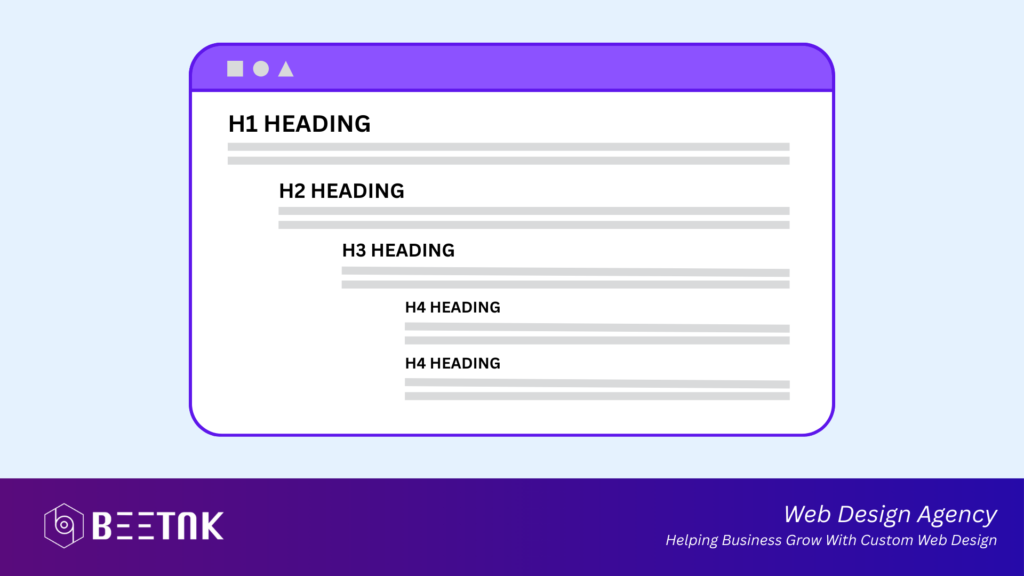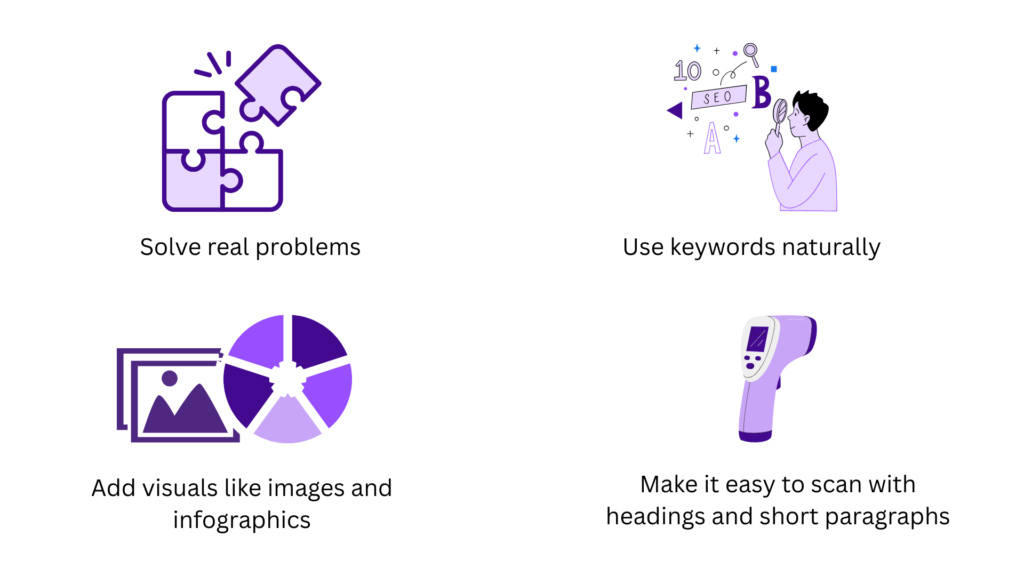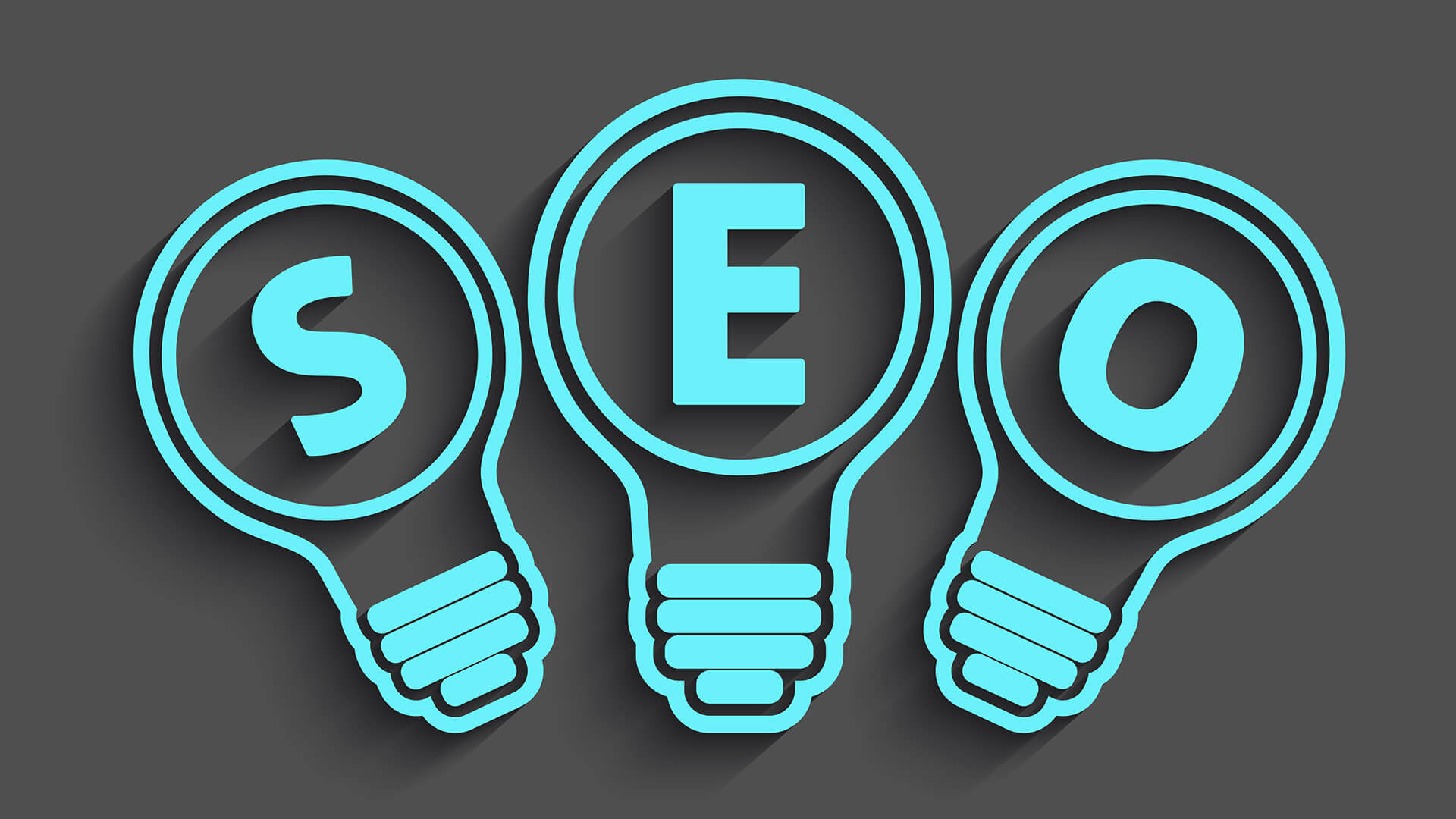Introduction
In today’s digital world, having a beautiful website isn’t enough—you need to make sure people can find it. That’s where Search Engine Optimization (SEO) comes in. SEO is the process of improving your website so it ranks higher on Google and other search engines, making it easier for potential customers to find you.
If you’re just getting started, don’t worry. This beginner’s guide will walk you through the basics of SEO and show you how to optimize your website step by step.
What Is SEO and Why Does It Matter?
SEO stands for Search Engine Optimization, and it involves making changes to your website so that it ranks higher in search results when people search for topics related to your business.
Why is this important?
Because most users never scroll past the first page of Google. If your website isn’t there, you’re losing valuable traffic—and potential sales.
SEO helps you:
- Increase visibility in search engines
- Drive organic (unpaid) traffic to your site
- Build trust and credibility with users
- Get more leads and conversions
Start with Keyword Research
Before you start optimizing, you need to know what your audience is searching for. That’s where keyword research comes in. Keywords are the words and phrases people type into Google when they’re looking for something.
Use tools like:
Find keywords that have good search volume but aren’t too competitive. Focus on long-tail keywords—these are more specific and usually easier to rank for. For example, instead of “shoes,” try “best running shoes for flat feet.”
Optimize On-Page SEO
On-page SEO refers to everything you can do within your website to help it rank better. This includes:
1. Title Tags & Meta Descriptions
Your title tag is the clickable headline in search results. Make sure it includes your main keyword and stays under 60 characters.
Your meta description is the short summary that appears below the title—keep it under 160 characters and make it enticing!
Example:
- Title: SEO for Beginners: How to Rank Higher on Google
- Meta Description: Learn SEO basics with this beginner-friendly guide and start optimizing your website for higher Google rankings.
2. Headings and Content Structure
Use headings (H1, H2, H3) to organize your content. Make sure your primary keyword appears in at least one heading.

3. URL Structure
Keep URLs short, readable, and keyword-rich.
Example: yourdomain.com/seo-for-beginners
4. Image Optimization
Add alt text to all images with descriptive, keyword-relevant phrases. This helps Google understand your visuals and boosts accessibility.
5. Internal Linking
Link to other relevant pages on your site. For example, if you’re writing about SEO and mention content marketing, link to your blog post about Content Marketing Strategy.
Improve Technical SEO
Technical SEO refers to how well your website is built for search engine crawling and indexing.
Here’s what to focus on:
- Mobile-Friendliness: Make sure your site works on smartphones and tablets. Use Google’s Mobile-Friendly Test to check.
- Site Speed: Fast-loading sites rank better. Optimize images, use caching, and consider a CDN.
- Secure Website (HTTPS): Always use an SSL certificate (you’ll see a padlock in the browser).
- XML Sitemap: This helps Google find and crawl your site. Tools like Yoast SEO can generate one automatically.
Create High-Quality Content
Google loves fresh, relevant, and valuable content. So, regularly publish blog posts, how-to guides, videos, and other useful content that answers your audience’s questions.

Tips for content success
Over time, great content builds trust and authority, which leads to higher rankings.
Earn Backlinks
Backlinks are links from other websites to yours. Google sees them as “votes of confidence,” and they play a big role in SEO.
Ways to get backlinks:
- Guest post on reputable blogs
- Collaborate with influencers
- Create shareable content like infographics or industry reports
- Get listed in directories and industry round-ups
But remember: focus on quality over quantity. A few strong backlinks are better than hundreds of weak ones.
Track Your Progress
SEO is a long-term game. Use tools like:
- Google Analytics to track traffic and conversions
- Google Search Console to monitor keyword rankings and indexing issues
- Rank tracking tools like Ubersuggest or SEMrush
Review your data regularly and update older content to keep it relevant.
Final Thoughts
SEO doesn’t have to be overwhelming. By following the basics—keyword research, on-page optimization, technical health, and quality content—you can dramatically increase your visibility on Google and attract more qualified visitors.
Keep learning, stay consistent, and remember: SEO is an investment that pays off over time.
For more details, check out our other blogs on:
What is SEO ? The Value of SEO In Business



